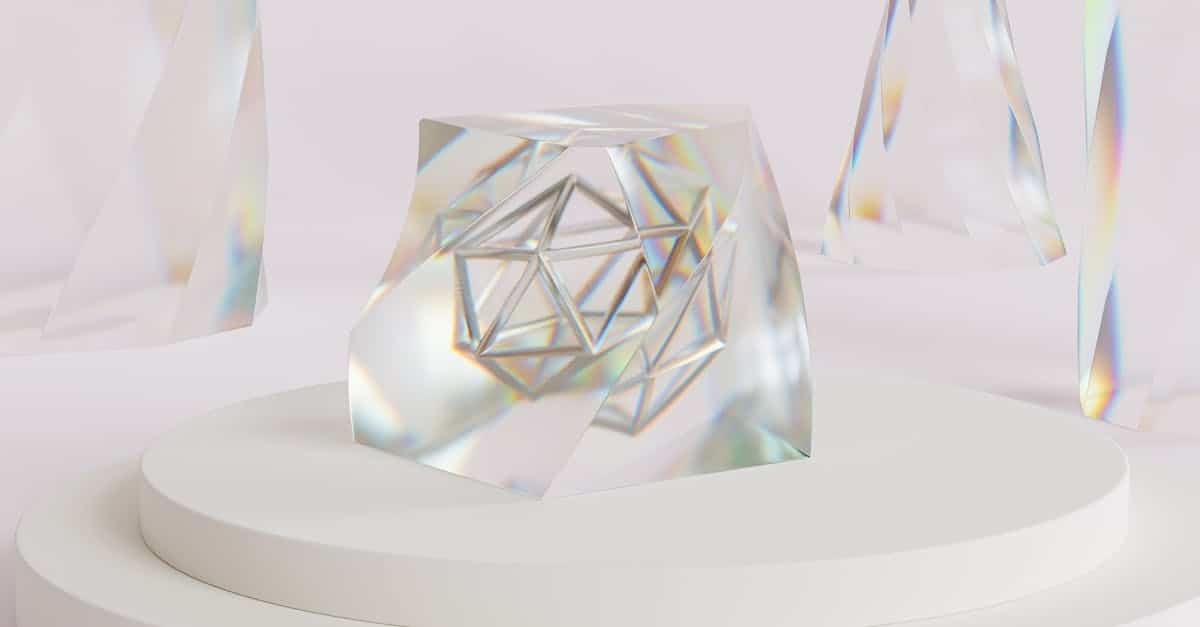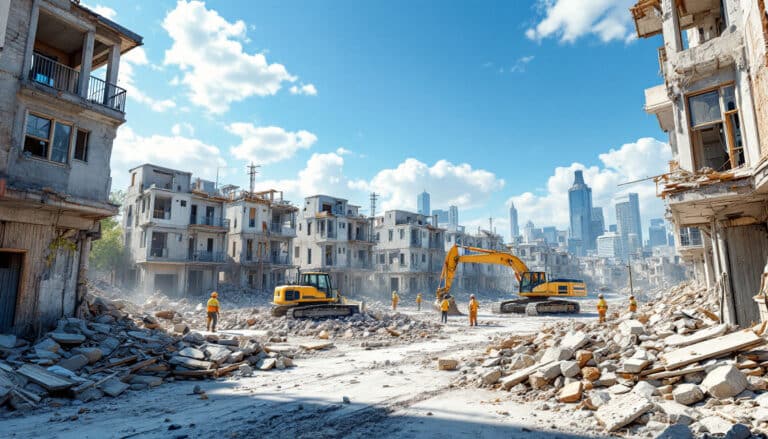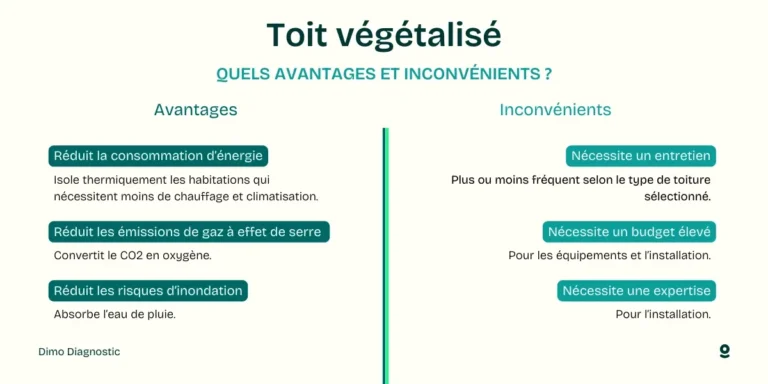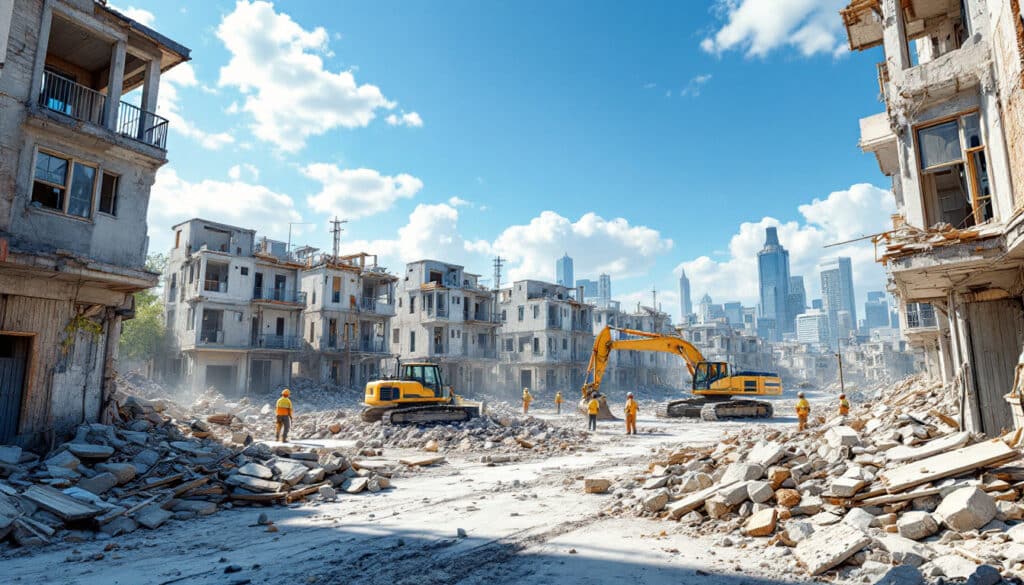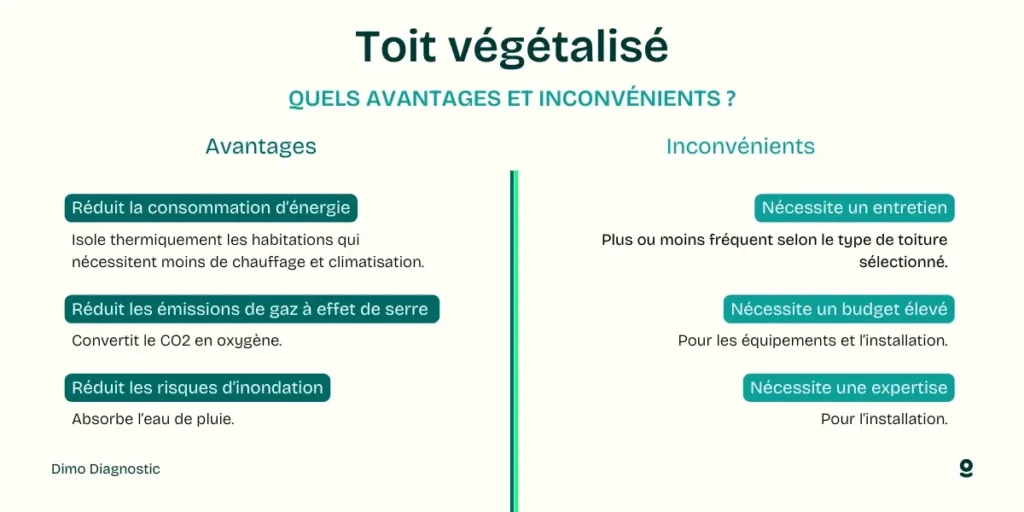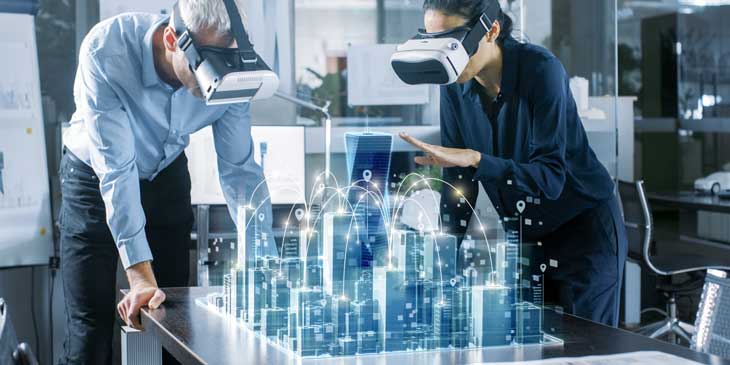Volumetric additive manufacturing through holographic tomography represents a significant advancement, combining sophisticated techniques to create complex structures. By using photopolymerization, this method allows for the solidification of light-sensitive resins, thus generating objects with fine details and customized geometries in record time. Thanks to holographic projection, each voxel is instantly exposed, eliminating the constraints of traditional 3D printing systems that rely on layer-by-layer construction. This method opens new perspectives for the rapid and precise production of objects ranging from prototypes to biomedical applications, radically transforming the landscape of modern manufacturing.
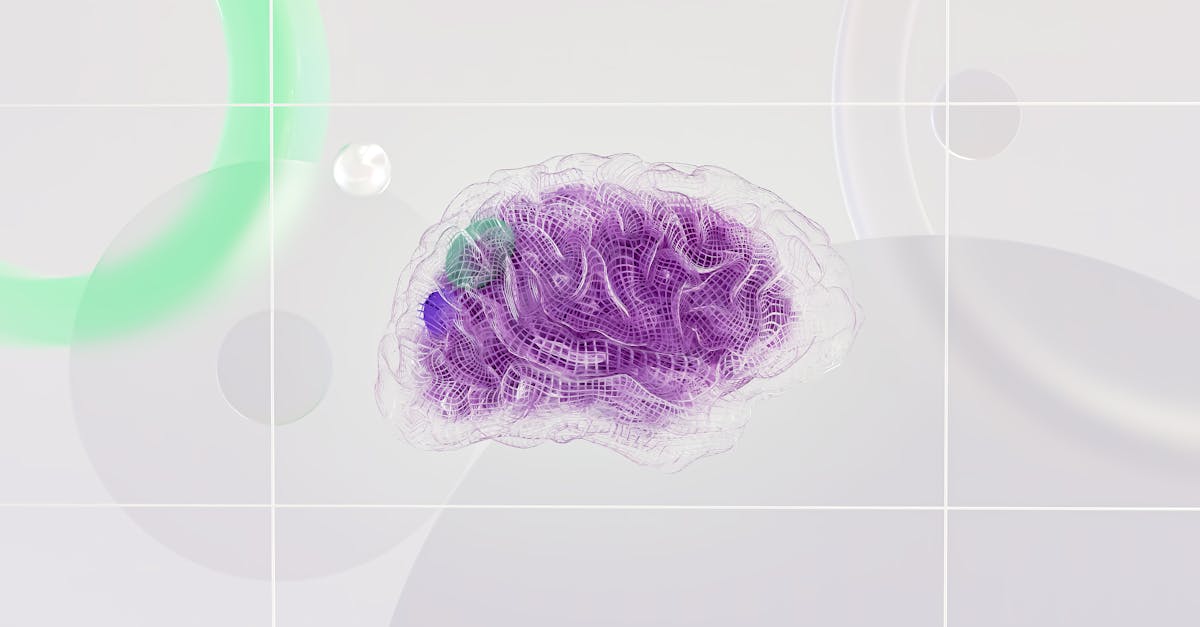
Volumetric additive manufacturing represents a major advancement in modern manufacturing techniques. With methods such as holographic tomography, it is now possible to create 3D objects with unmatched levels of detail and efficiency. This innovative approach combines advanced holographic projection techniques with photopolymerizable resins to achieve layerless prints, thereby reducing production times.
Table of Contents
ToggleApplications and Benefits of the Technology
The applications of volumetric additive manufacturing are numerous and varied. Industries such as aerospace, automotive, and even medicine benefit from this technology. By processing specifically designed resins and using appropriate light sources, it is possible to produce complex parts that cannot be manufactured using traditional methods.
Challenges and Future Perspectives
Despite its many advantages, additive manufacturing using holographic tomography faces certain challenges, particularly in terms of cost reduction and material optimization. Researchers are working to improve the performance of systems as well as the quality of prints. Continuous innovations will undoubtedly expand the possibilities for the future of this promising technology.

